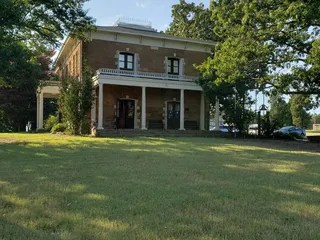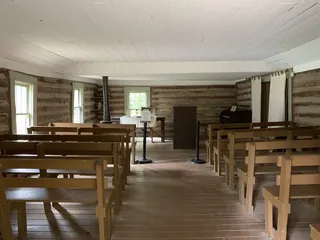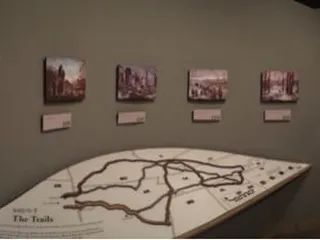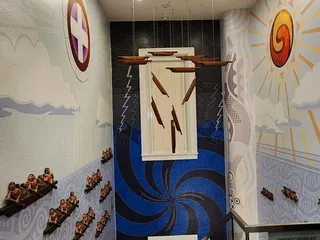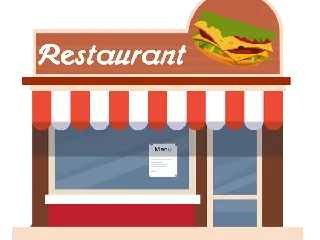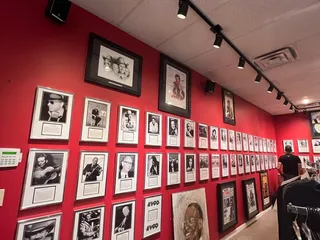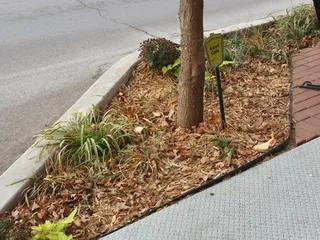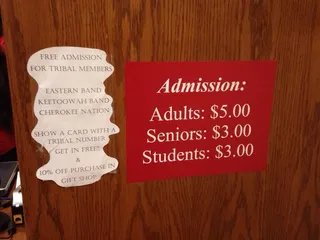 Cherokee National Supreme Court Museum
Cherokee National Supreme Court Museum
 Cherokee National Supreme Court Museum
Cherokee National Supreme Court Museum
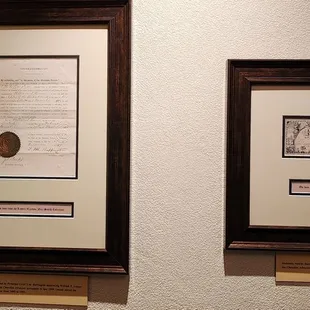
Original documents from the late 1800s
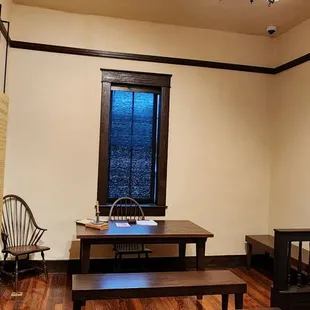
Courtroom
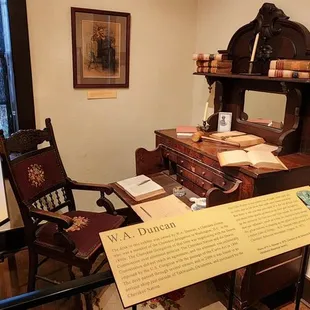
Old desk
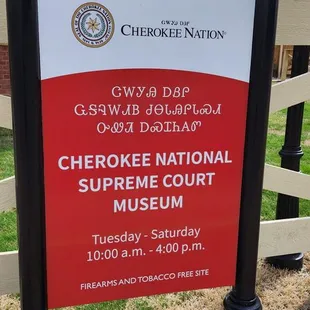
Sign
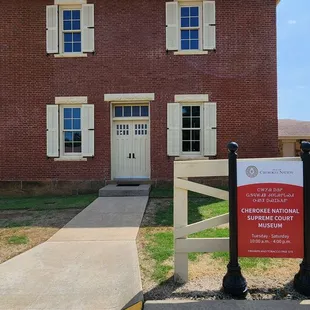
Outside entrance May 2024
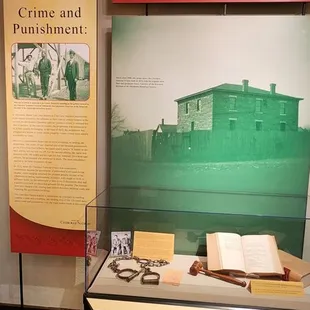
Crime and Punishment
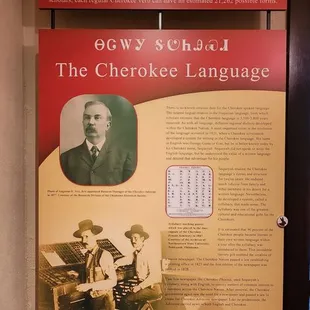
The Cherokee Language
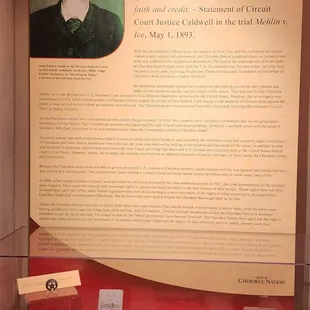
Jurisdictional Battles
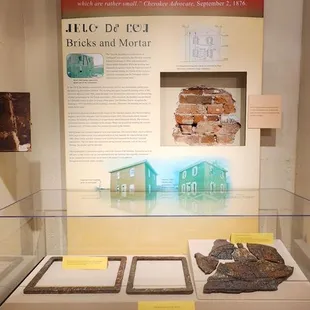
Bricks and Mortar
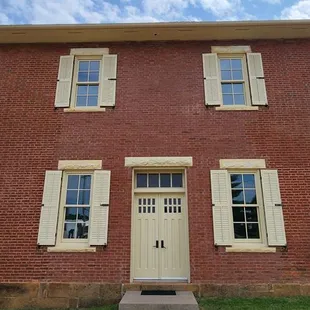
Outside
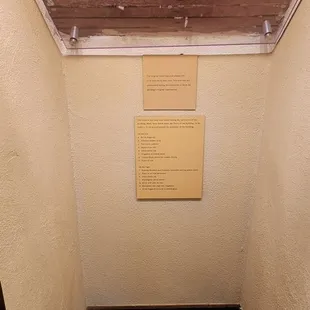
Original Building

Original Building

Rachel S.
May 30, 2024
On Wednesday, after visiting the Cherokee National History Museum in Tahlequah, Oklahoma, we visited the Cherokee National Supreme Court Museum.The building that houses the museum was built in 1844 and is the oldest still-standing government building in Oklahoma. Not only was this the Cherokee Nation's Supreme Court, but it also housed the printing office of the Cherokee Advocate, a weekly bilingual English & Cherokee-language newspaper and the Tahlequah District Courts. Inside the building is a small courtroom on the ground floor and the printing press and newspaper office on the upper level. Prior to the Indian Removal Act of 1830, the Cherokee Nation had its own courts.According to two separate signs on exhibits in the museum;"In 1817, a group of Cherokees known as the Old Settlers left the Cherokee Nation in the east and moved west of the Mississippi River to the Arkansas Territory where they set up a new government and court system. In 1828, the Old Settlers relocated to Indian Territory and brought their government with them. After the rest of the Cherokee people were forcibly removed from their southeastern homeland to Indian Territory in 1838 and 1839, they and the Old Settlers set about reuniting and created a new constitution which provided for the re- establishment of a legal system.""For many years Cherokee justice was practiced according to Blood Law, also known as Clan Law, an ancient form of tribal law aimed at restoring balance to individuals or tribal life. If something was taken from one clan, it had to be repaid by the offender's clan in order to restore balance.The creation of the modern court system used by the Cherokee Nation today stemmed from the tribe's need to adapt to a new world order and deal with the new United States government. At the same time, it was important to accommodate traditions and customs, so the Cherokees took examples from European and American courts and fused them with their own traditions and views on justice.In 1820, the Cherokees divided their land into eight districts with a judge and a marshal for each. Courts were held twice a year in each district, and exercised both judicial and legislative functions. A Supreme Court was created to determine cases appealed from the district courts. The Cherokee Nation had established a judicial system preceding that of the State of Georgia by ten years.In 1828, the Cherokee Nation adopted a constitution that gave district courts jurisdiction over cases of misdemeanor, theft to the amount of one hundred dollars, and any criminal cases except murder. The circuit courts, which were to sit twice a year in each district, had original jurisdiction over murder trials and cases of theft exceeding one hundred dollars. They had appellate jurisdiction over suits involving sums over twenty-five dollars.The Supreme Court sat for one month annually at the capital. It had original jurisdiction over murder cases; jurisdiction to hear appeals and review decisions of lower courts; and any cases brought before it from the circuit courts. District judges were elected by the people, while circuit and Supreme Court judges were appointed by tribal legislature.Every offender whose case was brought to a Cherokee court was given the right to trial by a jury of six men for minor offenses and twelve men for murder cases. Because the Cherokees had no jail, offenders were kept under guard until trial."What I found extra interesting was that in the exhibit for the Cherokee printing press, there was a sign about the predecessor of the Cherokee Advocate, the Cherokee Phoenix newspaper. This sign talked about a Cherokee editor of the Cherokee Phoenix, Elias Boudinot, who was upset that he was overruled when wanting to print pro-Indian-relocation articles. He ended up leaving the newspaper and was one of the non-elected representatives for the Cherokee Nation in signing an agreement to forcibly removed the Cherokee from their lands to modern day Oklahoma on the Trail of Tears. I definitely felt like this should have been more prominently displayed because seriously WTF?! For the record, he was taken out by vigilantes for selling out his nation and is buried not too far from the museum.Overall, it was a very informative museum despite its small size. According to the visitor book, we were the only people who visited that day. We stayed the last 45 minutes until closing. Visited: May 2024.
Read More